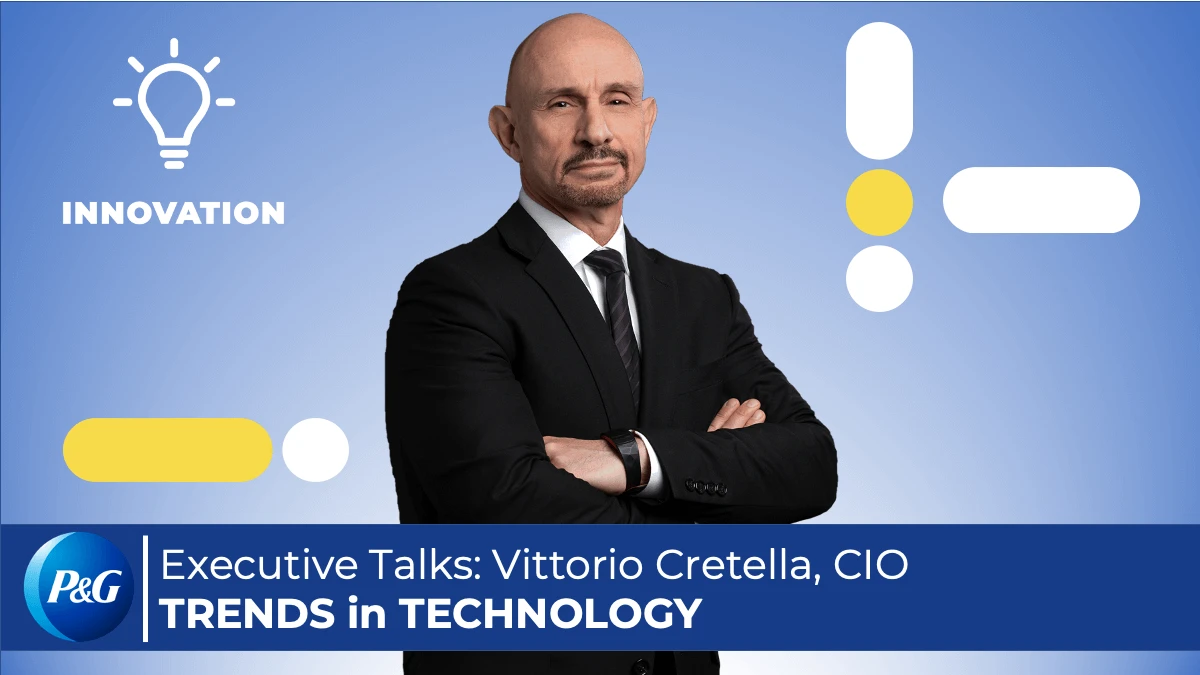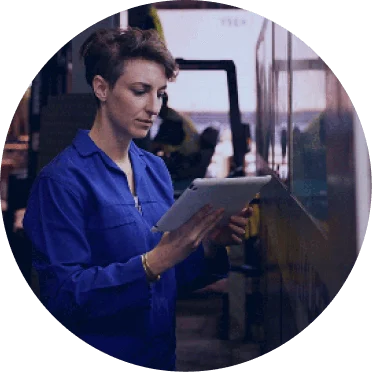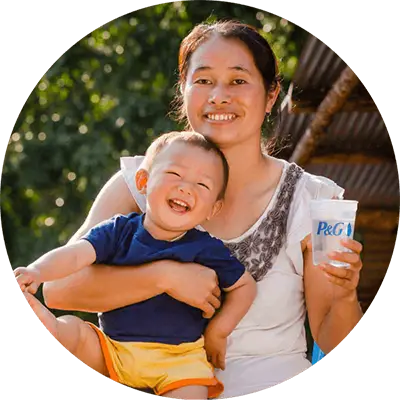3/2/2022
Leveraging Technology to Improve The Lives of P&G Consumers
Data and technology are at the heart of all that P&G does

The influence of advanced technology on consumer packaged goods hasn’t always been obvious. That’s because technology has long been associated more with smart devices, wireless connections, and computer chips, rather than laundry soap or baby diapers. But today, data-processing technologies like machine learning and artificial intelligence are helping shape everything from the chemical compositions of cleaning products to consumer behaviors around washing dishes to the way products are packaged and marketed.
Nearly 100 years ago, P&G kicked off its market research efforts through door-to-door campaigns to learn more about how people were using their products and how they might improve them. Listening to customers, learning how to improve the product, and focusing on features that reflected real-world applications allowed P&G to evolve and offer “new and improved” products across multiple categories.
The company continues to listen and learn, but today, traditional research is enhanced by household panels that might use connected appliances with sensor technology to generate real-world, real-time data points that can be processed to gain insights into, for example, a dishwasher’s water consumption. By taking granular, computer-generated data points and using them to define, test and deploy algorithms in weeks, instead of months, P&G could analyze consumer dish-rinsing habits to develop a new no-rinse dishwasher detergent that not only delivered better results but also used less energy and less water.
According to McKinsey, by 2030, machine learning could add up to nearly $13 trillion back into the global economy by enabling workers in all sectors to improve their output. Across industries, whether it’s gaming, military preparedness or pop music, artificial intelligence is streamlining everything from manufacturing to product testing to supply chain logistics and more. Companies like P&G are applying modern-day technologies across the entire ecosystem to create better consumer experiences and build brand loyalty while generating top line growth and bottom line productivity.
Earlier this year, CNET’s Brian Cooley and P&G Chief Research, Development and Innovation Officer Victor Aguilar joined a panel at the Consumer Electronics Show to discuss how artificial intelligence is far-reaching in its impact on consumer packaged goods, and how P&G is leveraging AI to accelerate innovation and transform everyday consumer experiences. P&G’s investment in machine learning and AI started more than five years ago, and it is pervasively augmenting capabilities across all dimensions of the company.
Consider that artificial intelligence accelerates the product innovation and development process, and that the use of modeling and simulation techniques can dramatically shorten the lead time to find new ingredients against functional specifications, achieving in weeks what previously required months of testing. Beyond that, algorithms can be defined to process consumer feedback on product changes and flag R&D engineers in real time, along with recommending adjustments accordingly.
Similarly, our engineers use AI for quality control on the production line, capturing data from sensors and imaging to replace manual off-line quality testing, increasing equipment efficiency and managing power and water consumption.
Since the early years, the two-way dialogue with customers has been key to the development of products that households have embraced over the years. Today, AI enables tailored communication experiences by applying AI to granular data gained through digital interactions, allowing us to better understand our audiences so that we can ensure that they are receiving the right messages on the right channels at the right frequency, while also respecting their privacy. One example are parents who opt-in to loyalty programs like Pampers Club to receive value offers and advice, while enabling P&G Baby Care to increase reach with accuracy.
Most importantly, we strive to ensure that consumers can get the products where, when, and how they shop for them. Working with retail partners across diverse distribution channels, we use machine learning algorithms to define the right product assortment for physical and virtual stores, to analyze in-store contextual information on product availability and help guide merchandisers with real time, actionable input.
In the digital age, any company in any industry is a technology company – perhaps not in the development of the actual technology but certainly in the unique and innovative ways that advanced technologies are leveraged and applied within a company. P&G’s strategy includes leveraging the cloud to connect data previously held in functional silos, developing tools to facilitate the work of data scientists and data engineers, and above all attracting, and developing talented resources and raising the algorithmic fluency of the full organization.
The technology journey is a continuous one at P&G, driven by a passion to improve the lives of consumers around the world by leveraging technologies that allow us to continue to improve products and experiences. As we plan for the future, AI is central to our holistic digital transformation strategy for how to disrupt our business constructively and to better meet the needs of our consumers, creating value for all stakeholders.


